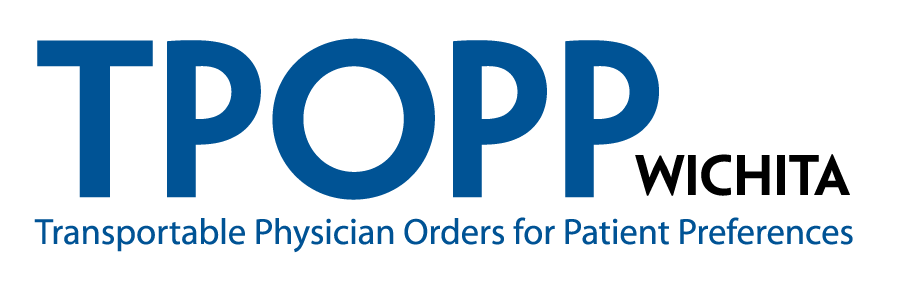- TPOPP stands for Transportable Physician Orders for Patient Preferences
- TPOPP form is a doctor’s order sheet. Initiated by the physician to promote communication about end of life care for appropriate patients.
- TPOPP form is for persons with chronic, advanced illness or terminal illness. TPOPP is not needed by everyone.
- TPOPP emphasizes the right and responsibility of the patient to make decisions for themselves about end of life care.
- Quality patient care centered on the patient’s wishes for end of life care is the goal of the program. It is the patient’s right to have the care they wish to have.
- The form is used to indicate a patient’s preference for receiving or limiting medically indicated treatments. This form will also provide a uniform, transportable document in the continuum of care from home, doctor’s office, EMS and hospital admissions.
- A TPOPP form can clarify your intentions for treatment at your end of life even if you already have advance directives. The form is more specific about some elements of care and minimizes confusion regarding your care preferences. It includes directions about life-sustaining measures in addition to CPR, such as intubation, and feeding tubes. Also, because it is part of your permanent medical records.
- The TPOPP form is not a substitute for a properly prepared Living Will and Durable Power of Attorney for Health Care Decisions.
- TPOPP form transfers with the patient to any other physician, facility and different levels of care — even in other communities and states. It serves as a continuum of care for the patient’s wishes and the physician’s order sheet to inform the next physician of the current order information for the patient.
- The TPOPP form will be recognized by emergency workers. ER Physicians and first responders (EMS and firefighters) will be oriented to the TPOPP form and should ask for the advance directives and TPOPP form on arrival.
Starting a Conversation
The Serious Illness Conversation Guide needs an explanation for the patients and families that these may be conversations initiated by health care professionals. The patients and families need to know these are conversations they will have with chronic, advanced illnesses and terminal illnesses.


